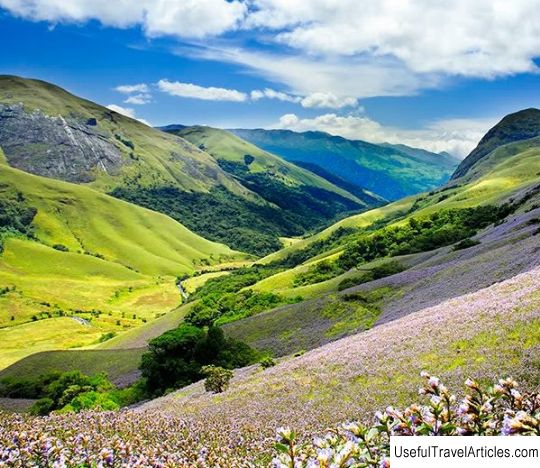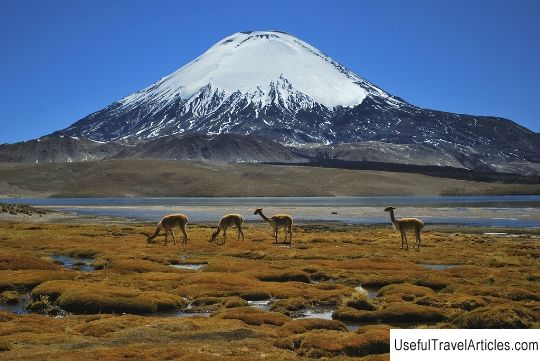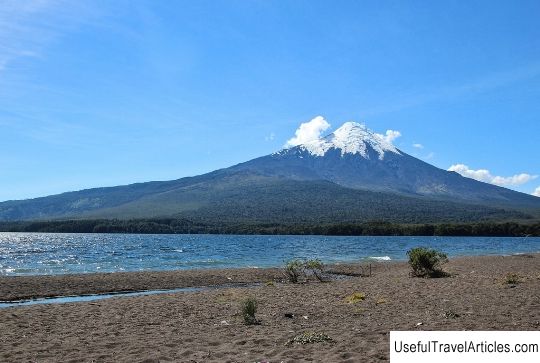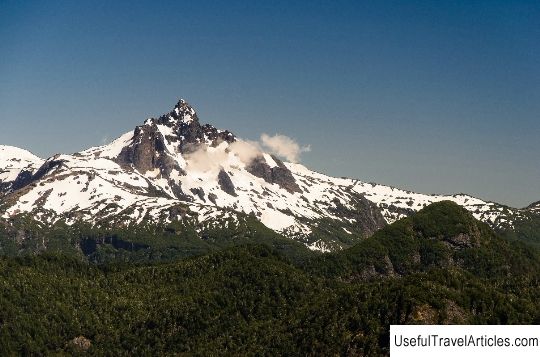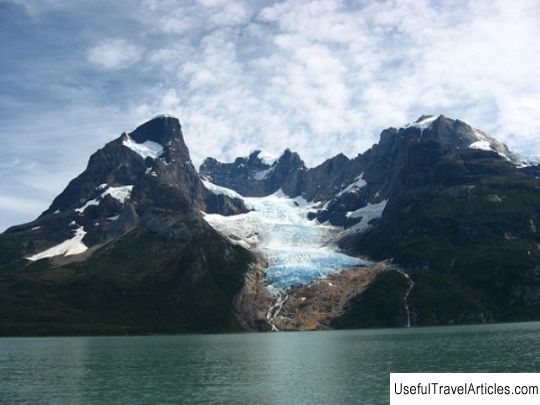Lauca National Park (Parque Nacional Lauca) description and photos - Chile: Arica
Rating: 8,2/10 (2943 votes) 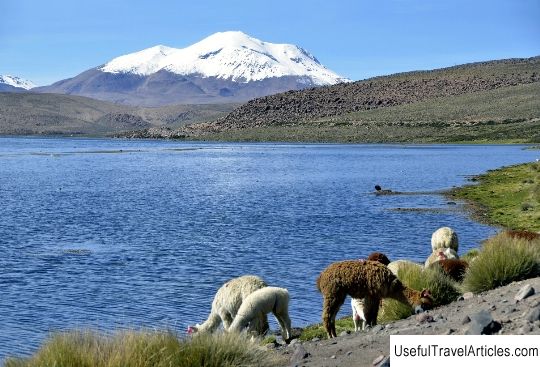
National Park Lauca (Parque Nacional Lauca) description and photos - Chile: Arica. Detailed information about the attraction. Description, photographs and a map showing the nearest significant objects. The name in English is Parque Nacional Lauca. Photo and descriptionLauca National Park (in Aymara, lawq means water grass) was created in Chile in 1970 based on the Lauca Forest Reserve. Its area is 137,883 hectares. The park includes the steppes, the foothills of the Cordilleras, and the Titicaca Plateau, a vast plain located in the eastern part of Arica y Parinacota. In 1981, the park was added to the list of UNESCO biosphere reserves. Before reaching Lake Chungara, in the surrounding wetlands, which are fed by the waters of Lake Kotakotani (4495 m above sea level), you can put up a tent, and in the morning you can meet wonderful sunrise. In the background you will see the snow-capped twin volcano Nevados de Payachata (in the Aymara language, `` payachata '' means `` twins or twins '') - two volcanoes: Pomerape (6265 m) and Parinacota (6348 m). You can also see Guallarite (6060 m) and Akotango (6050 meters), which are also a highlight of the park. This view will give you an idea of the picturesque landscapes that await you when you reach the large Chungara Lake (4517 m above sea level). On the way to the emerald Chungara Lake, you can see the historical monument Tambo de Chungara - control and a checkpoint built in 1695 (National Monument of Chile since 1983). Walk the streets of Parinacota (a colonial architectural ensemble of the 17th century) - it was declared a national monument of Chile in 1979. Among its tourist and cultural attractions, you can see a church built at the beginning of the 17th century from volcanic materials, and a museum (they are also national monuments). You can see the ancient city of Chukuyo (in the Aymara language, `` chuku '' ntilde; uyo '' means `` paddock place ''), through which caravans passed from the Potosi gold mine to the port of Arica in the 16th and 17th centuries. It was also a center for the sale of alpaca wool and a checkpoint for the Chilean Carabinieri Corps. You can also explore the caves at the base of the rocky slopes in Las Cuevas, which served as dwellings for the Chacus Inca, which is also an archaeological site. You can warm up at the Las Cuevas hot springs (the water flowing from the swamps is heated to 31 ° C), walk along the banks of the Lauca River, which originates from the lake and watch the life of the inhabitants of the wetlands of Bofedal de Parinacota ... In a word, You will be able to appreciate the impressive landscape of Lauca Park in its grandeur and historical heritage. Lauca Park is characterized not only by places of cultural and historical heritage and great natural beauty, but it is also rich in its flora and fauna. This park is home to over 230 different species of animals and birds. It is easiest to see in the vicinity of the park: puma, Peruvian deer, llama, alpaca, vicuna, mountain whiska (also called giant chinchilla), Andean fox, northern llama (guanaco), Andean shilokak, Chilean flamingo, Andean gull, Andean goose and Andean ostrich. The main representatives of the flora, in the steppe and in areas of " wetlands " parka - fescue, gentian, arrowhead, quinoa - pseudo-grain culture, was one of the most important types of food of the Indians. In the Inca civilization, quinoa belonged to the three main types of food, along with corn and potatoes. The Incas called it the `` golden grain. '' In the rocky areas of high heights of the park, an amazing evergreen jaret grows, the life span of which reaches 3000 years. On the mountain slopes, ranging from 3200 m to 3800 m, low bushes grow. The park has a dry climate with very large temperature fluctuations per day. Average temperature ranges between + 12-20 ° C during the day and -3-25 ° C at night.         We also recommend reading Ruins of the fortress Ustra description and photos - Bulgaria: Kardzhali Topic: Lauca National Park (Parque Nacional Lauca) description and photos - Chile: Arica. |
